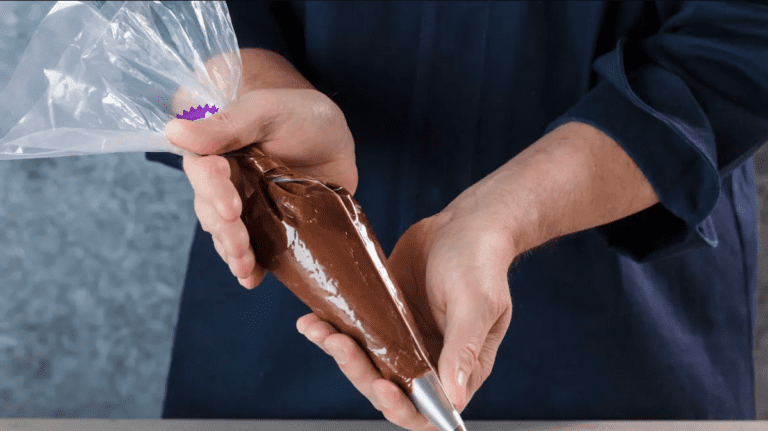What Are The Alternatives To Single-use Food
What Are The Alternatives To Single-use Food Packaging?
Single-use food packaging has become an ubiquitous part of modern life. From fast food containers to plastic bags, packaging is essential to protect and transport food. However, the convenience of single-use packaging comes at a high cost to the environment. Each year, billions of tons of plastic waste end up in our oceans and landfills, polluting our planet and harming wildlife. Luckily, there are a variety of alternatives to single-use food packaging that can help reduce waste and preserve our planet.
One alternative to single-use food packaging is reusable containers. These containers can be made from a variety of materials, including glass, stainless steel, and silicone. They can be used to store food in the refrigerator or freezer, as well as to transport food on the go. Reusable containers are easy to clean and can last for years, reducing the need for single-use packaging.
Another alternative to single-use food packaging is compostable packaging. These packages are made from plant-based materials, such as cornstarch, that can be broken down by bacteria and fungi into compost. This compost can then be used as a natural fertilizer for plants. Compostable packaging is a sustainable alternative to traditional plastic packaging, as it does not create toxic waste or harm wildlife.

A third alternative to single-use food packaging is packaging made from recycled materials. This type of packaging is made from materials that have already been used, such as recycled paper or plastic. Recycling reduces the amount of waste that ends up in landfills, conserves resources, and reduces energy consumption. Recycled packaging can be used for a variety of products, including food, and is available in a range of sizes and shapes.A
A fourth alternative to single-use food packaging is edible packaging. Edible packaging is made from materials that are safe to eat, such as seaweed, starches, and proteins. This type of packaging can be eaten along with the food inside, reducing waste and providing a nutritious addition to the meal. Edible packaging is still in the experimental stage, but it has the potential to revolutionize the food packaging industry.
In conclusion, single-use food packaging is a major contributor to environmental pollution and waste. However, there are many alternatives available that can help reduce the impact of packaging on the planet. Reusable containers, compostable packaging, recycled materials, and edible packaging are just a few of the alternatives to single-use food packaging that are available today. By making conscious choices about the packaging we use, we can help preserve our planet for future generations.






